Feeling Glazed At The Ancient Royal Kiln!
Wednesday, August 19, 2009
 Jingdezhen, Jiangxi, China
Jingdezhen, Jiangxi, China
Hey Hey and a Big G'Day toya,
Mate, if I wasn’t feeling a little glazed after yesterday I was by the end of today!
Maybe it was because it was something completely new for me.
Maybe it was because I was in near silence for so many hours.
Maybe it was because I was out of the city streets.
Today I had the most wonderful day indeed.
I knew I was going to enjoy my visit to the Ancient Kiln and the Folk Customs Museum but I never thought that I would enjoy myself as much as I did and it has been written that Jingdezhen is for Chinese porcelain buffs only.
I won’t write too much about my day as I’ll let the information I’ve found explain what is there and what it is all about but I will write a little for those who couldn’t give a rats porcelain about ceramics but are interested in what I got up to. I was going to try to figure out which bus to catch to get there but in the end as it didn’t look too far on the map, I grabbed a cab and 8 Yuan later I was being dropped off in a very leafy green part of the city at the ticket box to the Ancient Kiln.
Now I am supposed to tell you how much it cost to get in.
But I’ve lost my ticket or for that matter I probably sweated it into a small soggy paper ball.
I do believe it was 50 Yuan as I remember being a bit taken back that it was the same or very close to the price in the LP which is now several years old. There were no tour groups and all the workers and staff were so friendly towards me. Not a single person asked me to buy 'You Buy You Buy’ single thing. In fact when I told some of them I lived in China and couldn’t afford to buy what was on their shelves they distracted the owner of one of the stores and allowed me to take several photos to take home as memories.
The high light of the day (of course) was the musical performance in the pavilion on the lake. It was performed by a group of beauties in traditional silk dresses and all of whom were playing ceramic instruments. Next was finding a small temple for The Heavenly Queen where I surprised the couple looking after it that I knew it was dedicated to Mazu who is also known as Lin Mo and Tianhou (Heaven Queen), that it originated along China’s east coast in Fujian Province and that I lived in Fujian for a year and a half.
The rest of my day was spent slowly wandering around the huge park visiting workshops and watching the workers as they created beautiful pieces and then there was also the kilns and being shown how they worked. Sadly though, I never got to visit the huge ancient kiln that I wanted to visit. I still have no idea why I couldn’t visit it I was just told that I couldn’t at that point of time but the next day was fine. At the end of my visit I still had a heap of energy so I decided to walk back to the city which took several hours in total as I slowly made my way down Xinfeng Lu and crossed the river taking in the beautiful mountain backdrop and then slowly zig zagged my way back towards Zhushan Lu through all the tiny back streets and alleyways that are set to be demolished and disappear over the next year.
Progress waits for no man in the city he lives!
For those not interest in a short history on ceramics scroll down to the photos.
For those interested here is some more information on Jingdezhen and its porcelain.
Porcelain production began in Jingdezhen as a confluence of political and geographical elements during the Tang dynasty (AD618-906). The most important ingredient in Jingdezhen porcelain is the kaolin found at nearby Gaoling Mountain; feldspar, the source of porcelain's characteristic translucency, is also available in nearby deposits. The forests covering the surrounding mountains provide abundant fuel for the high-temperature kilns in which the porcelain is fired. Mongol invasions of northern China during the Song dynasty (AD960-1280) resulted in the migration of potters to the South, where they introduced the use of cobalt blue on white and a ceaseless demand for Jingdezhen porcelain. The high quality of the porcelain resulted in enormous quantities being commissioned for the imperial court. Perfection of form and surface was the standard. A voracious European demand for porcelain followed through contact with the Portuguese and Dutch. Eventually, political and financial pressures resulted in a prolific export business and the ultimate industrialization of Jingdezhen as a porcelain-producing center.
The Jingdezhen Ancient Folk Kiln Museum is located in the famous Hutian Ancient Kiln Factory Site. There is rich cultural deposit of porcelain manufacturing history from Five Dynastes to the Ming Dynasty.
It covers an area of more than 400,000 square meters and clearly reflects the important changes in the history of porcelain arts and crafts of these seven hundred years and the complete process of porcelain manufacturing in ancient China. It is the pilgrimage place of porcelain historiography pursuer and the porcelain industrial arts fans. The Jingdezhen Ancient Folk Kiln Museum not only collects and exhibits all kinds of representative standard ware, unearthed rarity cultural relics and ancient specimens made in each of the historical moments of the Hutian Kiln, but also protects about twenty locations that consist of relics, valuable kilns and porcelain factories from the Song, Yuan and Ming Dynasties.
It displays the scene of porcelain manufacturing during ancient times along with its history.
Around the Jingdezhen Ancient Folk Kiln site there are a further twelve locations of importantance still buried beneath the earth that cover 260,000 square meters. All these rich cultural deposit and excavated cultural relics have been protected by the government as they are valuable materials for research of porcelain manufacturing, its history and the history of civilization.
The Jingdezhen Ceramics Museum covers an area of 830,000 square meters.
Inside the museum you will find compound of ancient kiln buildings, houses of the Qing Dynasty (AD1644-1911). In the ancient kiln workshop, workers can be seen giving technical performances of making ceramics manually to make copies of ancient porcelain. In the dwelling houses of the Qing Dynasty there is an exhibition of the ceramic development history of Jingdezhen and an exhibition of calligraphies and paintings. In the building of folk customs, there is a folk custom exhibition showing the Jingdezhen porcelain industry.
The museum has collected over 5,000 items of historical relics.
Around one hundred items are Class One relics, most of which are products of government porcelain kilns, the porcelains left from the Yuan Dynasty (AD1271-1368) and the samples showing the processing technique of the celadon of the Yuan Dynasty. The celadon pillow with the pattern of dragon and tiger left from the Song Dynasty (AD960-1279) combines the technique of piercing and picking-up; the celadon vase with the pattern of plums left from the Yuan Dynasty is one of the best among the celadon products left from the Yuan Dynasty; and the celadon big plate, 72 cm in diameter, with the pattern of a sea animal, is a special product produced from the imperial porcelain kiln at that time
Beers N Noodles toya…..shane
___________________________________________________________
The soundtrack to this entry was by Gerling
The album was the awesomely funky ‘Young Terrorists’
____________________________________________________________
Other Entries

 Jingdezhen, Jiangxi, China
Jingdezhen, Jiangxi, China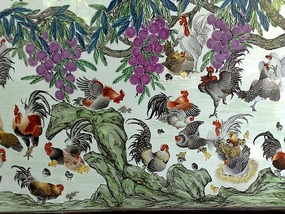
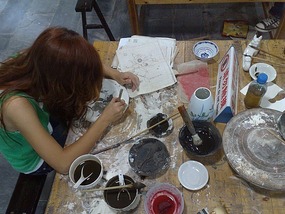
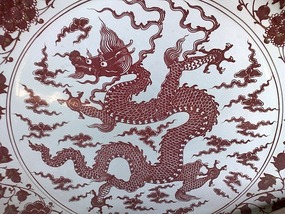
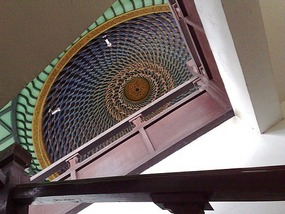

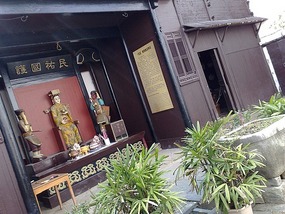
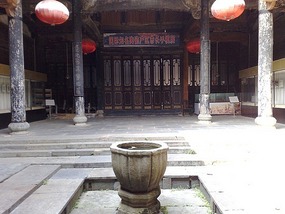
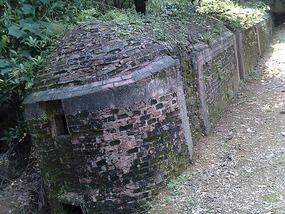
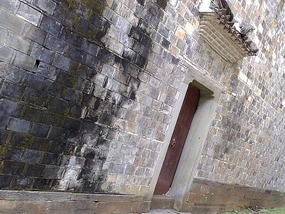
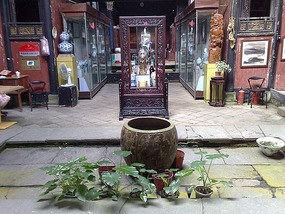

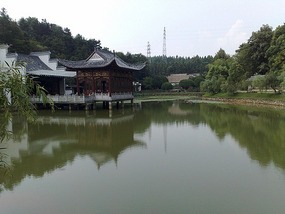
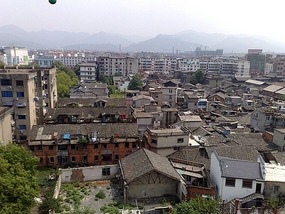
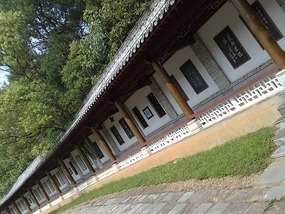
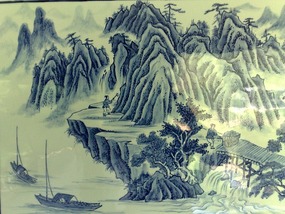
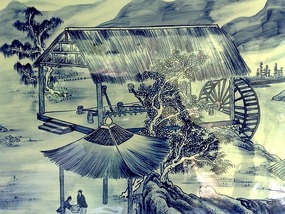
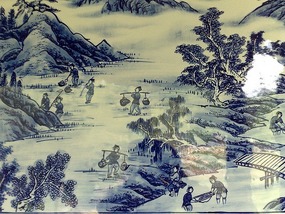
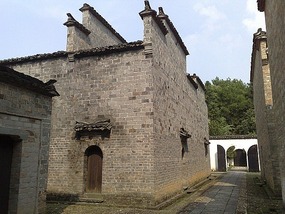
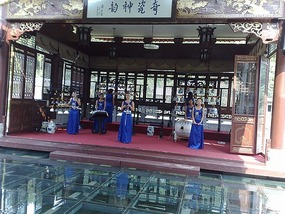
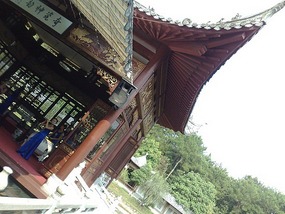
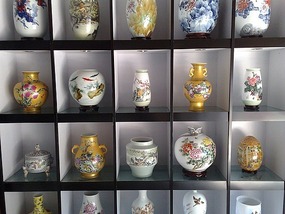
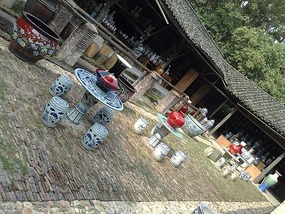
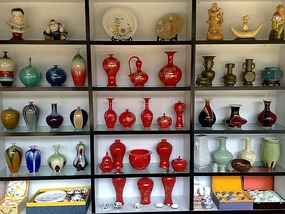
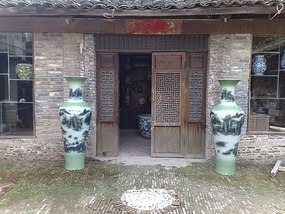
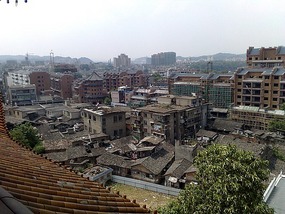
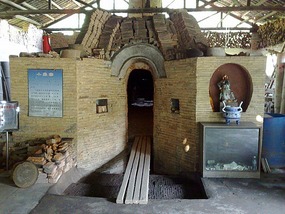
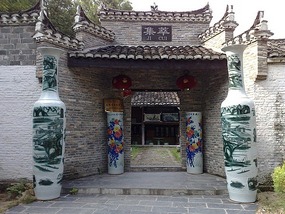
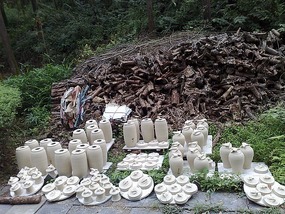
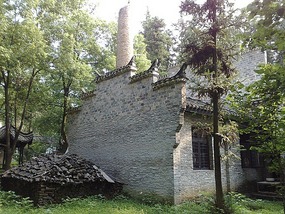
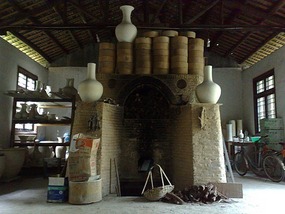
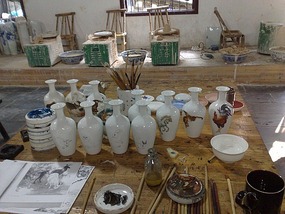
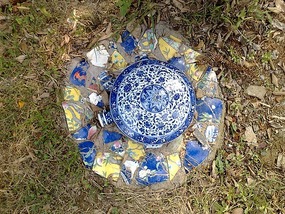
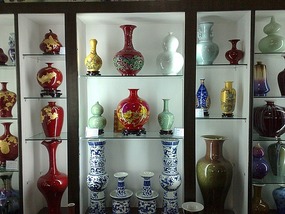
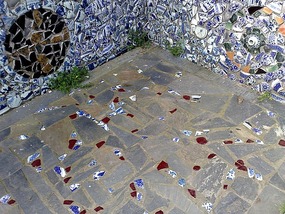
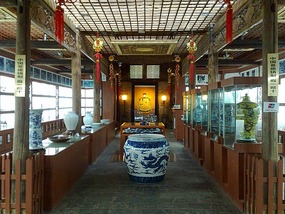
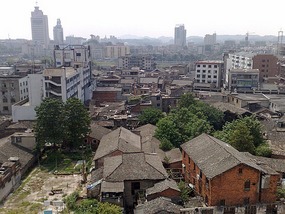
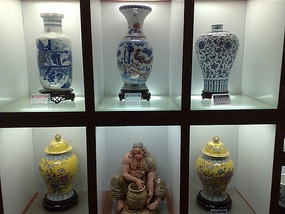
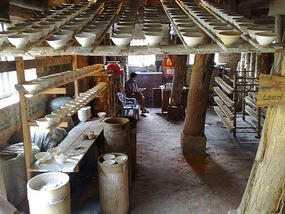
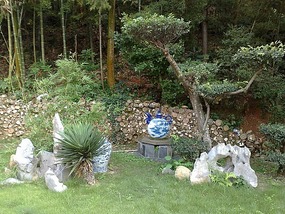
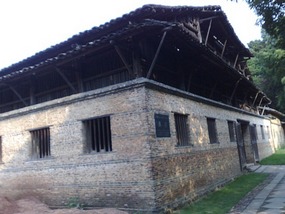
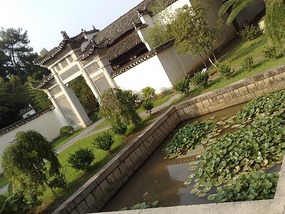
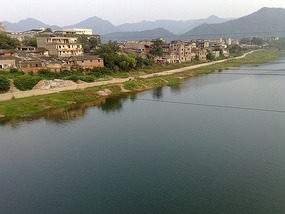
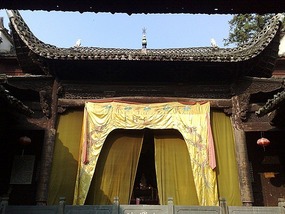
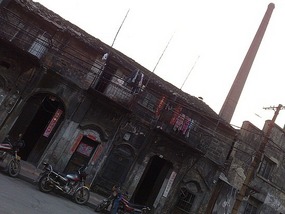
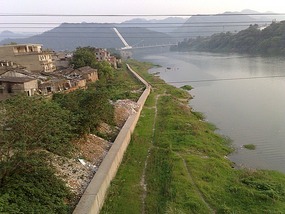
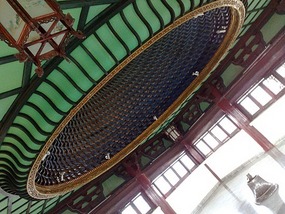

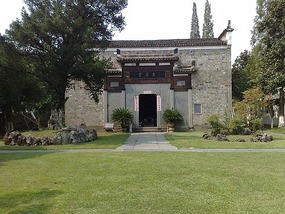
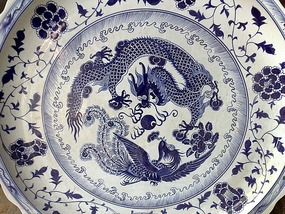
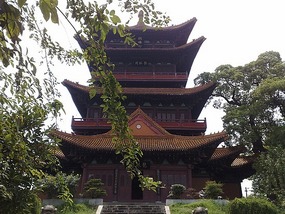

2025-05-22